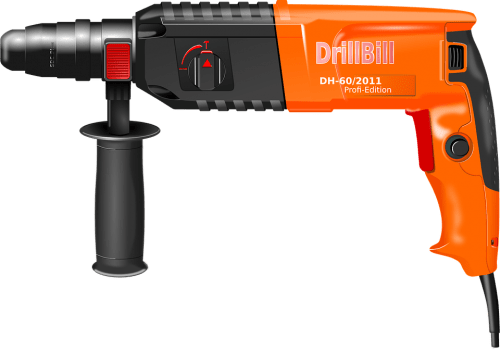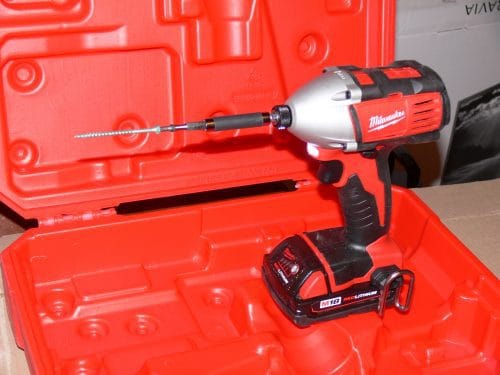When it comes to home decoration and renovation tasks, performing the job is much easier when using the right tool. However, with the variety of tools in the market, selecting one that is suitable for your job can be difficult. If you need to make the correct choice on whether to buy or use an impact driver or a hammer drill, then you must understand the difference between these two devices.
These two machines are designed for handling different tasks. So, a refined version of this question should be which tool do you need most and for which purpose? Like any job, equipping yourself with a tool which is not only efficient but appropriate is the key to the success of your project. To clear things up, let’s find out the main differences between these two powerful tools.
Hammer Drills
Hammer drills are built for drilling holes through hard or porous surfaces such as concrete. If you need to mount objects on your wall, then you definitely need the services of this machine. The hammer drill is also designed with a clutch that helps in avoiding over torque which can damage the screwdriver bits or fasteners that you are using.

This device is built with two discs with ridges that look like those of a poker chip. When one disc slides past the other, it moves forward and backward setting the chuck in motion. When there is no force on the chuck, the clutch separates the two discs thereby stopping the pounding action. This feature is important because it prevents wear and tear hence giving it a long life. Most of the hammer drills can also be used as a regular drill; you only need switch off the hammering action.
If your work is centered at masonry, then this is the drill that you need to have in your toolbox. However, shop woodworkers might not find this drill very helpful unless for their doing occasional DIY jobs.
Pros
- Its drill chuck accepts a variety of drill accessories.
- It is suitable for use in masonry drilling activities.
- The speed can be adjusted.
Cons
- Might not be the most versatile tool.
- It might not be suitable for in tight space.
- It is large and heavy.
Impact Drivers
An impact driver is designed to give enough power for handling most tasks which entail loosening nuts or bolts quickly. This is because it is constructed to provide enough rotational force suitable for this kind of tasks. It is also built with top-notch technology which enables it to work efficiently with less struggle on your side.
If you are using a cordless impact driver, then you don’t need to worry about overheating. However, you are likely to experience challenges with power. It is useful when working on areas like corners and nooks or inside or around your home due to its portability.
Impact drivers also generate a high amount of torque which is useful in driving long screws with much ease. Regardless of the size of the driver, the machine drives screws efficiently.
Additionally, the hammering action and the extra torque supplied by both manual and powered impact drivers are suitable for breaking loose rusted bolts and nuts. You can also use the impact driver to break nuts and bolts which have been over torque.
Pros
- It prevents wrist strain.
- Built with hard blow and torque which enables it to drive the screw even on dense materials.
- Can loosen or tighten long screws easily.
- Allows you to make fits even in tight pace area.
Cons
- Could get noisy
- It might be costly as compared to normal drill
Conclusion
If you are faced with a task but torn between using the impact driver or the hammer drill. Depending on the kind of work that you want to work on, you will find these tools useful. With these differences, you should be able to identify which tool best fits your need with regards to your line of operation.
Hopefully, this clears the confusion, and you are now sure of what tool to use in your next project. However, the costs of this tools could vary a lot depending on the materials used to build it and the amount of power they produce. Just like any other powerful machine, you should be careful when using any of these tools to avoid injuring yourself.
